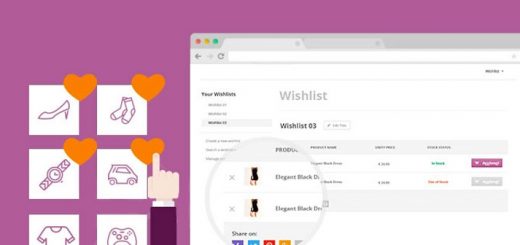How to Optimize Your Shopify Website Performance with Google PageSpeed Insights
Imagine you are browsing the web to buy a product. You visit an e-commerce website but have to wait for minutes to load the product. How would you feel? You would probably be very frustrated and even abandon the website to look for another one, right?
Slow loading is not only a problem for Shopify websites but for any website. However, for e-commerce websites, this issue is even more serious because it directly affects your revenue.
So, how can you optimize your Shopify website performance? Follow the next part of this article to discover the secrets to “boost” your website speed with Google PageSpeed Insights!
What is Google PageSpeed Insights?
Google PageSpeed Insights is a free tool developed by Google that helps evaluate and optimize website performance. This tool measures the actual performance of the page on mobile and desktop devices and provides specific suggestions to improve the page load speed. Shopify also uses Google PageSpeed Insights to evaluate website performance.

What are Web Core Vitals?
Web Core Vitals are a set of metrics that Google uses to measure user experience on a website. They include factors such as page load time, interactivity, and visual stability. Improving these metrics can help your website rank higher in search results and provide a better experience for users.
Why Optimize PageSpeed and Web Core Vitals?
Optimizing website performance and improving Web Core Vitals have many benefits:
- Increase page load speed: When the page load speed is fast, users will have a better experience and are more likely to spend more time on your website.
- Improve search ranking: Google considers page load speed and Web Core Vitals as important factors in its ranking algorithm, so optimizing performance and improving Web Core Vitals can help improve your website ranking on search results.
- Enhance user experience: A fast-loading website will provide a better user experience, reduce bounce rate, and increase conversion rate.
How to Optimize Shopify Website Performance
There are many ways to optimize Shopify website performance, including:
- Use images with appropriate size: Images that are too large can slow down the page load speed. Therefore, use images with a size that matches the requirements of the website.
- Optimize image size using filters and “src-set“: This helps the browser choose the image that fits the screen size and resolution of the user.
- Use suitable image formats: Avoid using PNG images for cases that are not necessary, mainly for images that need transparency. Instead, use jpg or WEBP images.
- Compress images before using them to increase performance: Many online tools help you compress images without losing quality.
- Use lazy load technique for images: This technique allows images to load only when users scroll to them, which helps increase the page load speed.
- Compress resource files such as CSS, and JS: Compressing resource files can help reduce file size and increase page load speed.
- Analyze and load the necessary resources for different pages: This helps reduce the number of unnecessary resources loaded on each page.
- Optimize Liquid to improve performance: Liquid is the template language used by Shopify. Optimizing Liquid can help improve website performance.
- Delete unnecessary applications and make sure there is no code for deleted apps on your theme.
How to Optimize Web Core Vitals
For Web Core Vitals, 3 main metrics need to be optimized:
- Largest Contentful Paint (LCP): Measures page load performance. To provide a good experience for users, LCP should occur within 2.5 seconds of when the page starts loading.
- First Input Delay (FID): Measures interactivity. To provide a good experience for users, the page should have an FID of less than 100 milliseconds.
- Cumulative Layout Shift (CLS): Measures visual stability. To provide a good experience for users, the page should maintain a CLS of less than 0.12.

The above are the basic factors to optimize Shopify website performance and improve Web Core Vitals.








